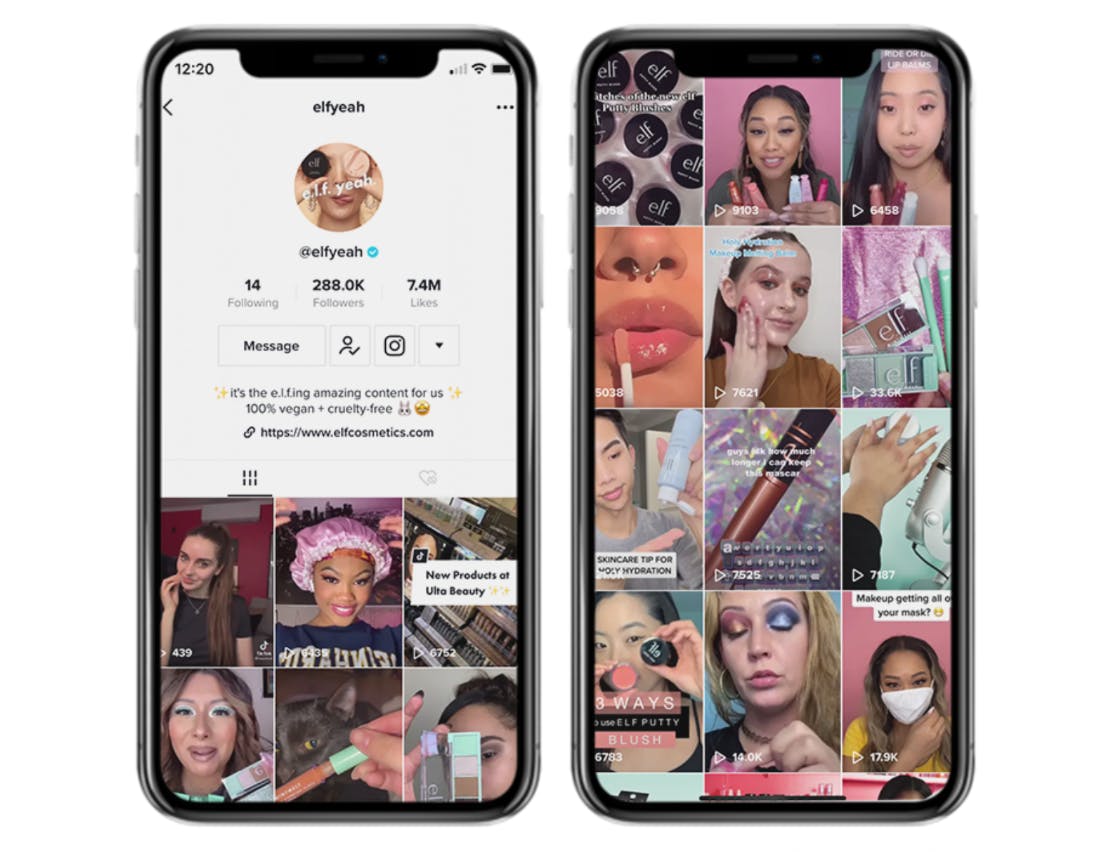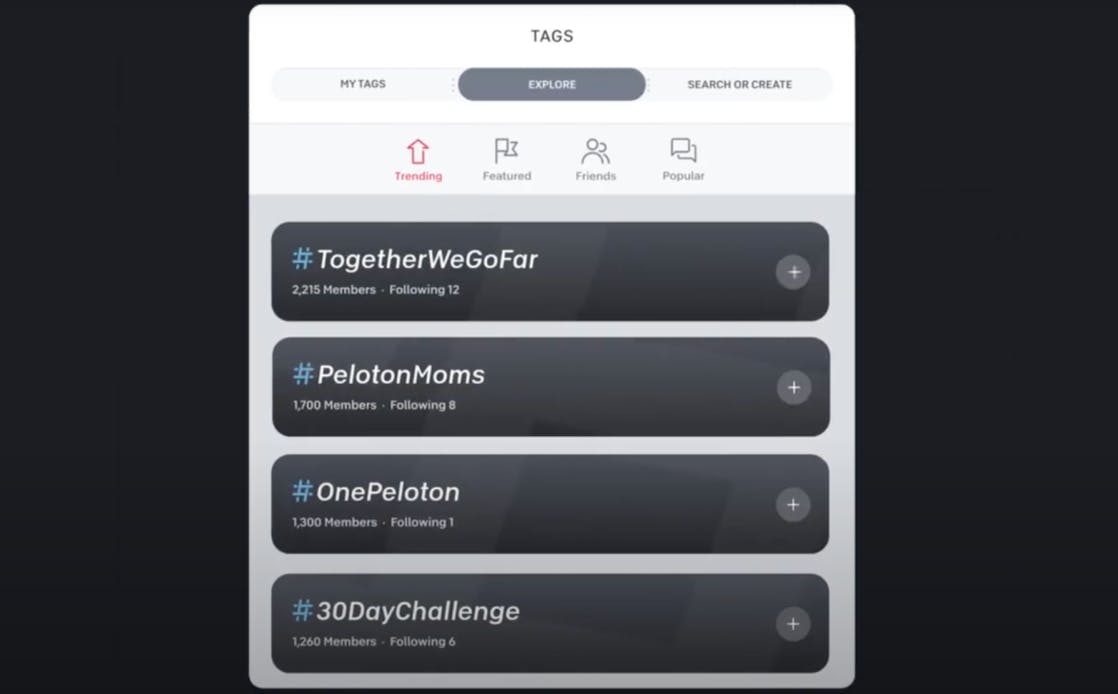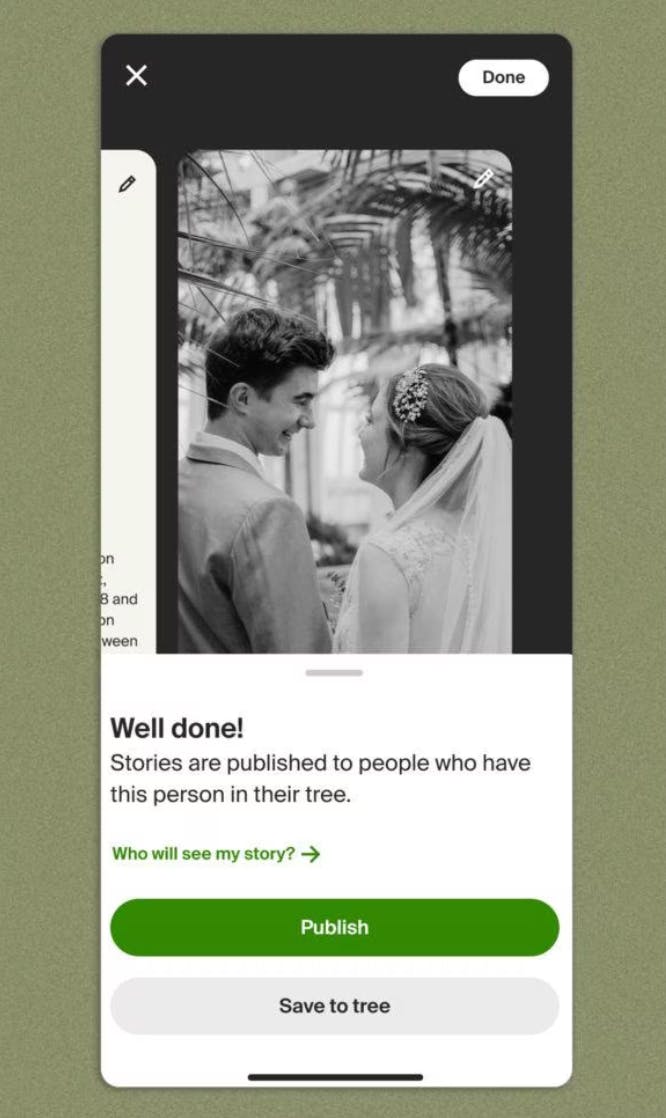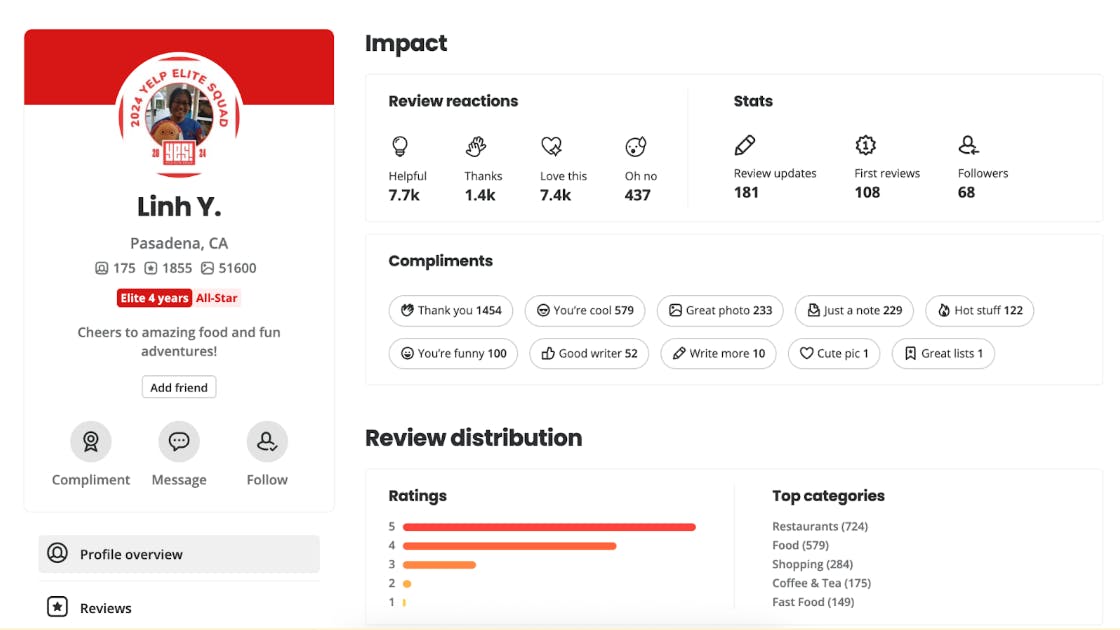User-generated content (UGC) provides plenty of value to both users and the brands that implement it successfully. But "successfully" is the keyword here.
UGC initiatives may mean creating marketing assets if you plan to leverage existing platforms, or they may mean designing and implementing new features in your app that allow for content creation and moderation.
For products that do this well, UGC has the potential to contribute significantly to growth and loyalty. But for others, it can lead to reputational damage when it goes wrong.
In this article, we'll look at good and bad user-generated content examples and discuss the lessons product managers and their teams can take away from them to improve user experience.
What is User Generated Content?
User-generated content (UGC) is any form of content—such as text, images, videos, reviews, stories, or data—created and shared by a product's users rather than the brand or its employees. It appears across countless digital experiences: social media posts, customer reviews, forum discussions, design templates, playlists, and even activity data like routes or scores.
Unlike traditional brand-created content, UGC emerges organically from user behavior and interactions. Because it reflects real experiences, it often feels more authentic, relatable, and trustworthy to other users. This is why it has become a powerful driver of engagement and loyalty across industries, from social media and ecommerce to health and fitness apps.
Good UGC vs. Bad UGC: What's the Difference?
The widespread perception of UGC is that it's positive. Many consider it the backbone of social media apps and digital communities at their best. Good content builds communities and drives interactions and usage on platforms.
When it backfires, it carries a significant risk to brand reputation and user experience.
Good UGC is:
-
Authentic and relevant to the brand or platform
-
A value-add
-
Aligned with brand values and target demographics
-
Easy to engage with
Bad UGC, on the other hand, can be:
-
Irrelevant, off-topic, or low quality
-
Dishonest and manipulative
-
Spam or harmful content
-
Difficult to moderate
Unfortunately, bad actors can also hijack positive initiatives or trends. For example, user-created game worlds in Roblox were a hugely positive effort, encouraging innovation and customer engagement on the platform. But some creators leveraged it to build unsafe or inappropriate environments, much of it contravening platform policies and accessible to children.
UGC always comes with risks, especially when there's not enough oversight or intervention. That doesn't mean product teams should overlook the benefits.
Most user-created content boosts authenticity and improves UX by adding genuine value. In fact, 60% of consumers in 2024 said they seek out photos and videos from others before adding a product to a cart, illustrating how ingrained UGC is in most users' shopping experiences.
Let's look at some examples of what to do and not to do to maximize your chances of success.
Examples of Good User-Generated Content
-
Strava Running Heatmaps
Strava's running heatmaps are a great example of how a product team can take data users generate passively and turn it into an exciting new feature.
Through app usage, people generate GPS activity on runs and hikes. Strava aggregated this anonymous activity and turned it into an interactive map to highlight popular routes for users to explore.

The map is based entirely on UGC, and it serves to encourage discovery and increase app activity during route planning. It's also a powerful entry point into the community for new users to boost retention.
From a product perspective, the Strava heatmap example shows how organic content from users can improve UX without the need for active submission or participation in a brand's content marketing campaign.
-
Canva Template Library
For a graphic design platform like Canva, allowing template creation in the shared user library with no restrictions could quickly cause chaos. But templates also add a huge amount of value to the library, providing a searchable set of designs for everything from presentations and business reports to social media posts and printable flyers.
So, Canva enabled a global network of community contributors through the Canva Creator program. Independent designers create and submit their templates before the Canva team internally reviews and approves them to add them to the library.

Customers get access to a large library of high-quality design templates. The internal team can rest easy because everything is quality controlled. And the designers themselves can earn royalties when Pro subscribers use one of their templates.
-
EyesLipsFace TikTok Hashtag Campaign by e.l.f.
e.l.f. Cosmetics took a unique approach to their branded UGC campaign on TikTok in 2019. They launched an original song called "Eyes. Lips. Face." and put out an accompanying creative prompt, encouraging users to show off their makeup routines alongside the track. They also branded the campaign with the hashtag #EyesLipsFace.

The initiative sparked over 5 million user-generated videos, collectively garnering 7 billion views. Celebrities and influencer partners participated, further amplifying visibility. e.l.f. also achieved its core objective of increasing sales and loyalty among Gen Z, rising from eighth to second place in the "favorite beauty brand category" of Piper Sandler's Semi-Annual Teen Survey.
It's a brilliantly executed brand-driven UGC example, leaning on TikTok's native formats and user behavior without over-branding the experience.
-
Peloton Class Tags
Peloton introduced the "Tags" feature to help users connect with others who share similar goals, specific workout styles, interests, or identities. Users ran with the concept and started generating tags to lean into a sense of community, like "Black Girl Magic" and "Dog Moms of Peloton."
Each user can add up to 10 tags to their profile, enabling participation in multiple communities and areas of interest on the platform. Peloton surfaces popular or trending tags, or users and their friends can create something unique to them.

Peloton also lets users encourage each other with virtual high fives, reinforcing camaraderie within tag groups. This shows that even simple UGC features can boost retention and engagement.
-
Ancestry Stories
Ancestry's Stories feature transforms highly personal content into a shared, interactive experience. Stories allows users to customize their family trees by adding photos, scanned documents, and user-generated text to include extra details and narratives.

Since users can also share and co-manage family trees, Stories become a collaborative effort. Family members and distant relatives can add personal memories and perspectives or photos and documents that others may never have seen otherwise.
Ancestry produced a feature that turns the relatively static process of building a digital family tree into a storytelling exercise that drives emotional investment and repeat visits.
-
Yelp Elite
As a review and business listing platform, Yelp relies on a user-generated content strategy in general. But the Yelp Elite Squad gamifies content creation to encourage higher usage rates and engagement, as well as deeper platform trust.
Through the community program, Yelp participants can leverage consistent and quality customer reviews to achieve "Elite" status. This status provides perks like profile badges and invitations to exclusive events.

Yelp is tapping into an existing user experience with this initiative. For example, "foodies" who regularly search for new dining adventures may be more likely to add a review to Yelp with an "Elite" badge on their profile.
It incentivizes content by status rather than mere participation. They also maintain the integrity of the initiative by requiring a formal application or nomination from another user before careful, manual review from the Yelp team.
Examples of User-Generated Content Gone Wrong
-
Amazon Review Spam
Product reviews are a critical trust signal on Amazon, driving business for sellers and the platform as a whole. But the review system that ensures the marketplace thrives also became one of its biggest threats, with fake and spam reviews threatening to erode user trust.
So much so that a wave of fake review brokers have popped up in recent years, taking payments to fill a product page with positive feedback. Some also offer free products or discounts to incentivize real users as a further attempt to bypass Amazon's moderation system.

In 2024, Amazon took legal action against more than 100 "review farms" and implemented more stringent automated detection and moderation protocols.
The impact of this type of UGC is twofold. Firstly, Amazon suffers because consumer trust in the marketplace erodes. Secondly, the honest sellers on the platform lose visibility and may choose to take their digital storefronts elsewhere.
-
Waze Fake Traffic Reports
Waze crowdsources data to fuel its features like real-time traffic updates and route suggestions. However, as Waze discovered, these features are open to manipulation by bad actors and misuse.

For example, security researchers took to the app and created dummy accounts to show how easy it would be to create a fake traffic jam. Another instance saw the Surrey Police in the UK face accusations of creating false tags on the app to show traffic police stationed in an area.
Not only does this undermine trust for genuine users, but it also compromises the entire core value proposition of the app.
Waze has made efforts to better detect this type of behavior. For instance, the system automatically removes traffic jam reports if it detects that a certain number of users moved through the area without issue.
-
Chick-fil-A Employee-Generated Content
This example showcases a moment when a brand could have positively leveraged UGC, but instead tried to squash it and earned unnecessary bad publicity in the process.
In 2023, Miriam, a Chick-fil-A worker, started posting videos on her lunch breaks, showing off her employee meal from the restaurant, as well as sharing menu hacks and reviews. She quickly gained views and followers.

By the time she hit 3.6 million views on one video, word reached the brand. They told Miriam she was in breach of their corporate policies and demanded she stop posting videos. Instead of enjoying the free publicity their employee gave them and rewarding her for it, they ended it.
Luckily for Miriam, Shake Shack saw her value and offered her a long-term sponsored partnership. Shake Shack gets content from a popular creator and looks like a fun, hip brand, while Chick-fil-A seems like a social media killjoy and a harsh employer.
-
Nextdoor "Crime & Safety" Threads
Nextdoor built the Crime and Safety categories on their local community app with the intention of enabling users to make their neighborhoods more secure. However, some took the opportunity to flood threads with fake public safety alerts, listing personal disputes and baseless accusations.

Some misuse is unintentional, like someone who reports a food delivery driver who takes too long as suspicious after watching too many true crime shows. However, much of it is deliberate.
This feature became a hotbed of racial bias and low-quality content, like users posting fake kidnapping stories or accusing Black mail carriers of being burglars. Instead of strengthening the community and serving as a digital neighborhood watch, it often fostered distrust and anxiety, undermining the credibility of genuine reports.
While far from completely eliminating this issue, Nextdoor has reduced harmful posts by gently nudging users before they post something questionable, among other efforts.
-
eBay Product Description Keyword Stuffing
As an online marketplace, users generate almost all the product listings and descriptions on the site. But on a platform where search visibility is critical to bids, sales, and revenue, eBay product descriptions are open to manipulation.
Early on, users became adept at stuffing descriptions on product pages with irrelevant but popular keywords. Other tactics included mentioning competitor brands or unrelated viral terms, even if they had no relevance to the product on sale. When looking for a specific set of headphones, you might've had to sift through pages of knock-offs before finding what you wanted.

Nowadays, eBay controls the content of product listings with much stricter policies, hitting dishonest sellers with penalties that range from listing removals to account suspension for repeat offenders.
UGC Application Across Different Platforms
The line between good and bad content isn't always clear.
What's "good" for one platform may not resonate or work on another. Initiatives that drive success for one brand can cause a PR storm in other industries or among a different target audience. Format, tone, and community norms are all important factors.
Social Media
On social media platforms, UGC is all about visibility and engagement, and it includes everything from uploading videos to commenting on influencer and brand posts. But that doesn't mean the same strategies work for every platform.
e.l.f.'s campaign was a huge hit on TikTok because the team used its sound feature to their advantage and knew similar makeup tutorials and Get Ready with Me content were already popular.
Following the same strategy with Instagram Reels or YouTube shorts would've likely not had anywhere near the same reach, even though both are short-form video content on platforms with makeup enthusiasts.
Digital Communities
Digital communities can be even more demanding. Whether it's large platforms with millions of sub-communities like Reddit or small, niche-based ones, there can be an even starker in-group and out-group divide.
Users expect honesty and transparency and prefer to hear about products from fellow members. They're not afraid to attack brands they perceive as shamelessly using them for engagement or promotion, as evidenced by Reddit's most downvoted comment being from a game company defending itself from criticism for its "pay-for-win" practices.
Instead, companies must adopt a more subtle approach. Q&As are popular; a language learning app company might have one of its board members field questions and feedback on a language-based community. Another avenue is to give users something personalized in your app to share with each other on other platforms, like Spotify's end-of-year listening recap.
Online Marketplaces
Traditional brick-and-mortar stores give customers the chance to see products up close, interact with them, and possibly try them out before purchasing. You can't do this online, so customers rely heavily on reviews to determine if a product is worth the price.
An analysis of 73 million online reviews in 2024 found that 14% were likely fake. Removing these fake reviews and allowing negative ones to stay up sends strong trust signals to your customer base. Additionally, one- to three-star reviews show that real people purchase your product(s) and give you an opportunity to publicly engage with dissatisfied customers to turn their experiences around.
Overall, with the right measures in place, UGC can serve as a focal point or become a key contributor to growth. Surveys show that 86% of consumers are more likely to trust a brand that uses UGC over influencer content marketing. But, critically, only when the format matches the platform and user expectations.
Lessons Product Managers Can Learn From These Examples
In addition to researching community and platform expectations, you can adapt the lessons taught by the companies discussed earlier for stronger initiative or feature release outcomes.
Incentivize High-Quality Contributions
UGC without focus or moderation invites an influx of spam and low-quality content. Your goal is to encourage high-quality user-generated submissions, whatever you and your user base define them as.
This might mean tightly controlled vetting procedures, like Canva's approval process, or it can reward valuable contributors with upvotes or badges, like Yelp's Elite Squad initiative.
Anticipate Misuse and Bad Actors
Waze, eBay, and Amazon show us that, in some contexts, there is only so much you can do to shape UGC. There will always be trolls or scammers to contend with.
Aside from intentional hijacking, some users can genuinely misunderstand the purpose of a trend or feature, like a customer rating a movie low because of playback issues.
Before launching a content initiative or feature, your team should explore all the potential bad outcomes. For brands, this might mean hiring consultants to point out any potential faux pas, while product teams may need to consider visible moderation flows to restrict and discourage misuse and strong onboarding materials that show proper usage examples.
Govern with Clear Moderation
For product teams, these examples serve as cautionary tales. Without the appropriate guardrails, content opportunities will backfire and create friction for users or erode overall trust in the platform.
From a control perspective, this means considering things like:
-
Build visible checks: Photo or video uploads for reviews can add more credibility, and prompts in post composers can discourage text content that violates rules.
-
Get users involved: Tags, upvotes, and reporting take some of the burden off your moderation team and give users more control over their digital communities.
-
Draft a strong content moderation policy: Lay out all of your moderation details, including what the rules are, what violations look like, how to enforce actions, and what your user-facing guidelines should look like.
Conclusion
User-generated content (when done well) engages users, builds trust, and contributes to both growth and retention efforts. But when it goes wrong, the damage to both the product and the brand's reputation can be irreparable without swift action from product and marketing teams.
These standout examples show how important it is to build trust and safety mechanisms into UGC initiatives from the start, and how to handle them when things go wrong.
From careful planning of UGC initiatives to response plans and moderation tools, there are many tactics available to facilitate user-generated contributions without compromising content quality or platform trust.

